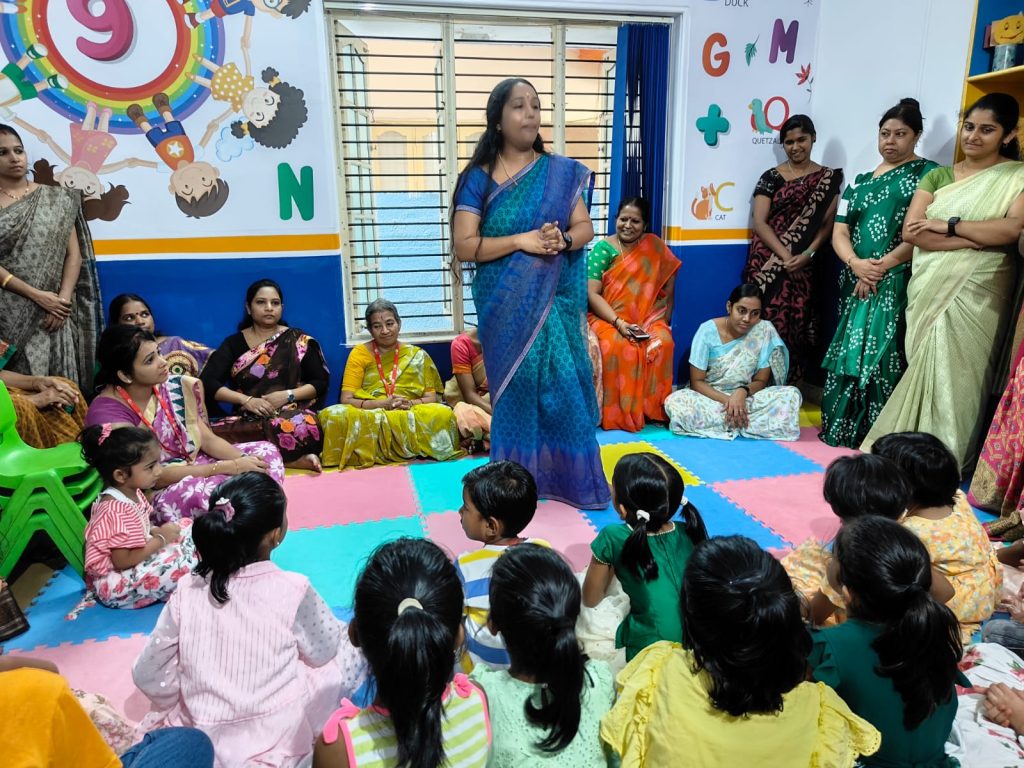From “Twinkle, Twinkle, Little Star” to playful clapping games, rhymes and songs have always been an essential part of early childhood. Beyond just entertainment, they are powerful tools that play a key role in a child’s language and communication development.
Rhymes and songs expose children to new words, phrases, and expressions in a fun, memorable way. Repetition helps them understand meanings and remember words more easily. diversity. Celebrating festivals fosters inclusivity and teaches that every culture has something beautiful to share.
Children learn to recognize sounds, rhythms, and tones. This active listening improves their ability to follow instructions, comprehend stories, and communicate clearly.
Nursery rhymes emphasize sounds and syllables, helping children notice patterns in speech. For example, “cat – hat – bat” makes them aware of rhyming sounds, a skill crucial for reading readiness.
Singing and repeating rhymes encourage correct pronunciation and speech patterns. The playful nature of songs motivates children to practice without pressure.

The rhythm and repetition in rhymes strengthen memory skills. Children often recall entire verses, which builds confidence in their ability to express themselves.
Group singing and rhyming games foster social bonding. Children learn to take turns, listen to others, and express themselves in a group setting.
Songs often carry emotions—joy, sadness, excitement—that help children understand and express feelings, adding richness to their communication skills.
Sing daily with children during play, storytime, or bedtime.
Use actions and gestures with rhymes to reinforce meaning.
Encourage children to create their own rhymes—it boosts creativity and confidence.
Revisit favorite songs often; repetition deepens learning.
Rhymes and songs are more than just playful melodies—they are building blocks for language development. By weaving music and rhythm into a child’s daily routine, parents and educators lay a strong foundation for communication, literacy, and lifelong learning.